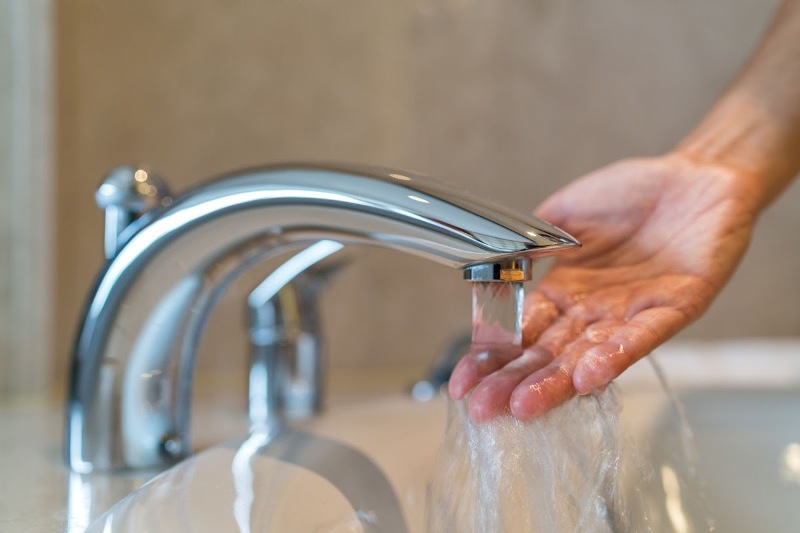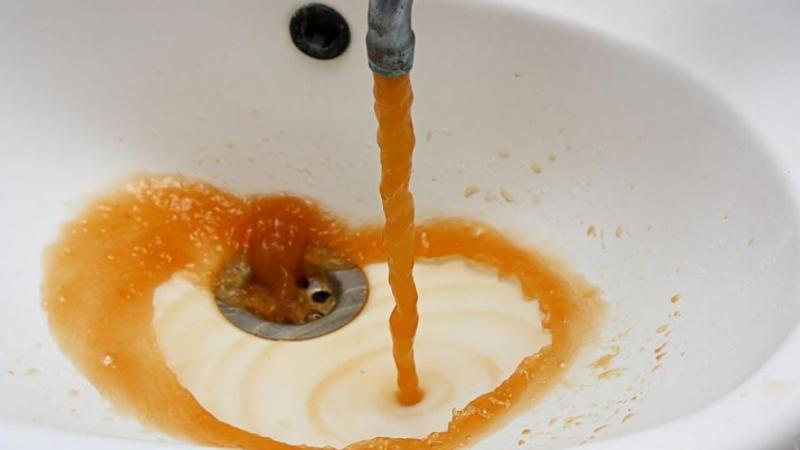There are so many wonderful and unique features about living in an older home. For many people it’s about the character, the history that the home holds, the fact it isn’t cookie-cutter, and that you feel like you are really part of a larger story. But along with all those benefits, there are also some downfalls that homeowners need to be aware of – in particular when it comes to repairs, maintenance, and the overall health of the home.
One question that homeowners often have is whether it’s necessary to check for lead in the water. While the homes built today use specialized plastic, like PVC or cooper, for pipes, those built in the 1950s and older would have likely used lead pipes. While the fact that your home has old lead pipes doesn’t automatically mean you have lead in the water, it is important to at least be aware that it could and perform some tests.
Here’s a look at the reasons you’ll want to check for lead in the water of an older home, and of course how to check.
What’s the Health Risk of Lead in the Water?

Lead in the water may not be on your list of concerns, but in reality, if your home was built in the 1950s or before it needs to be high on the priority list. If there is enough lead in the water, over time this could lead to lead poisoning.
The effects of lead poisoning can be quite severe in both adults and children and can include such things as decreased kidney function, cardiovascular effects, reproductive issues, premature birth (if pregnant), hearing problems, learning and behavior problems, lower IQ, anemia, slowed growth in children, and hyperactivity. Clearly these aren’t the kind of health issues you want to put yourself and your family in harms’ way of.
How Lead Gets in the Water
When a home has lead pipes, over time corrosion starts to occur and lead gets into the drinking water. Just think about the pipes that are carrying water throughout your home that are corroding, breaking down, and expelling such toxic materials into your water source.
How to Test for Lead in the Water

So, what’s the best way to know if your home has lead in the water? The only solution is to do a test. For any home that has lead pipe, or non-plastic plumbing that had been installed before the year 1986, the test should be done. You can contact your water supplier to ask about having a test done, or purchase your own water testing kit. The EPA Home Drinking Water Testing Fact Sheet can also act as a very handy resource.
While there is nothing wrong with having a dream to live in an older home and be a part of its history, it’s important to be aware of the unique challenges and issues that older homes face.






